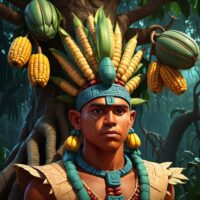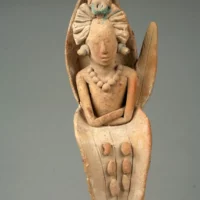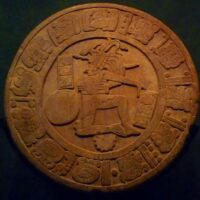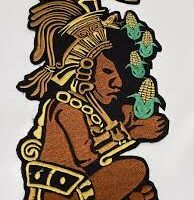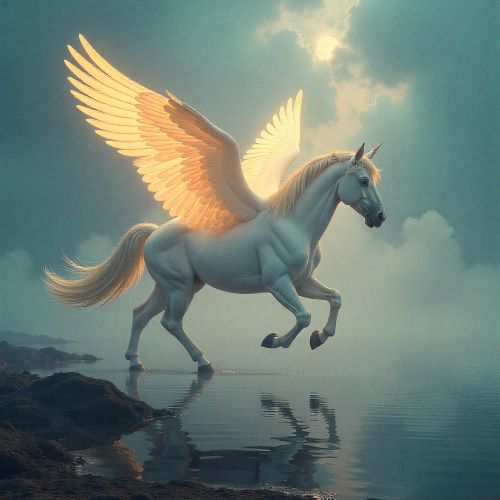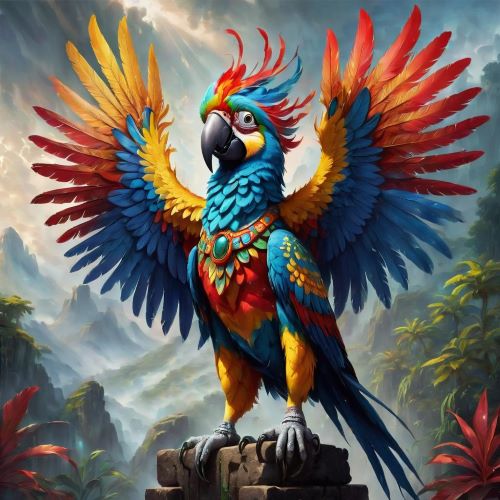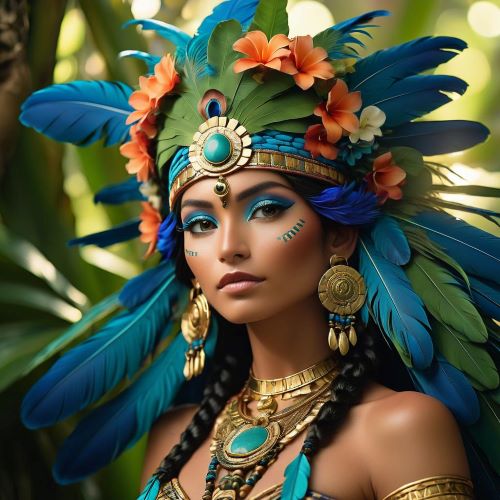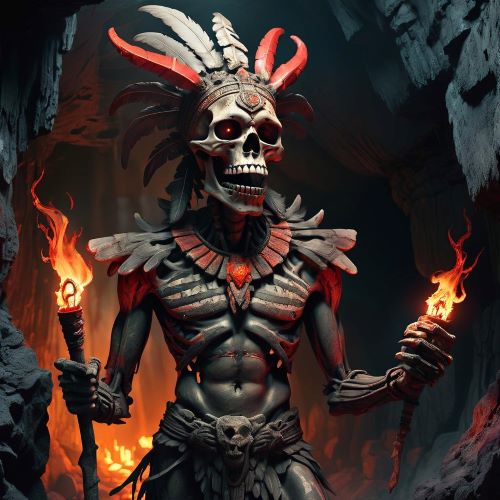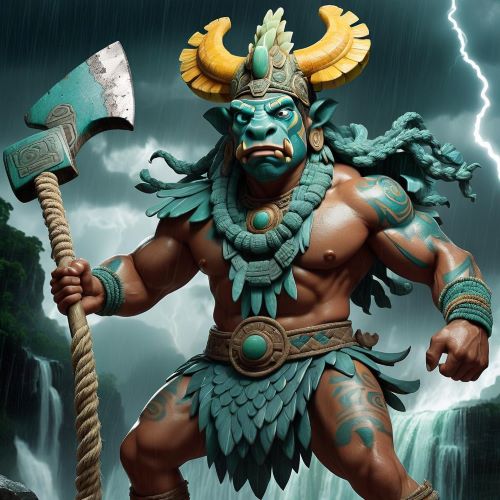Hun Hunahpu : The Maize God
Listen
At a glance
| Description | |
|---|---|
| Origin | Mayan Mythology |
| Classification | Gods |
| Family Members | Hunahpu, Xbalanque, Hun-Chowen, Hun-Batz (Sons), Vucub Hunahpu (Brother) |
| Region | Mexico |
| Associated With | Maize, Hero Twins |
Hun Hunahpu
Introduction
Hun Hunahpu, also known as One Hunahpu, stands as a cornerstone of Kʼicheʼ Maya mythology, his story woven into the cosmological fabric of the Popol Vuh, the sacred text of the Maya. Revered as the father of the famed Hero Twins—Hunahpu and Xbalanque—he represents not just a mythic character, but the personification of maize, which the Maya held as the essence of life itself. His tale is one of sacrifice and regeneration, portraying how life springs from death and sustains the cycle of existence. The myth underscores his transformation from a skilled ballplayer in the mortal realm to a symbol of rebirth and agricultural fertility, laying the groundwork for the Hero Twins’ journey and triumph in the underworld, Xibalba.
Physical Traits
Though textual descriptions of Hun Hunahpu’s appearance are sparse, Classic Maya iconography paints a vivid portrait. Scholars often associate him with the Tonsured Maize God, a lithe, graceful figure with a shaved forehead and elaborate headdress—evocative of a youthful deity intertwined with the rhythms of nature. In these visual depictions, his body exudes divine elegance, symbolizing purity, growth, and the promise of life renewed. One of the most poignant images from his myth is his decapitated head hanging from a tree, transformed into a fruit—often depicted as a calabash or cacao pod. This striking transformation not only represents death, but the germination of new life, further reinforcing his symbolic link to the maize plant and to cyclical rebirth.
Family
Hun Hunahpu’s story gains much of its emotional and narrative strength from his familial ties. His brother, Vucub Hunahpu (Seven Hunahpu), was his close companion during their fateful journey to Xibalba, where both were deceived and killed by the underworld lords. But it is his role as father that defines his mythic legacy. Despite his death, Hun Hunahpu miraculously fathers the Hero Twins through Xquic, a daughter of one of the Xibalban lords. This supernatural conception—via a droplet of saliva from his skull—highlights the myth’s fusion of the sacred and the biological.
He also fathers Hun-Chowen and Hun-Batz, earlier sons who are linked to the arts, such as music, painting, and writing. These familial layers enrich the myth, presenting Hun Hunahpu not only as a progenitor of heroes, but as a spiritual ancestor of human creativity and fertility.
Other names
The identity of Hun Hunahpu shifts slightly depending on context and interpretation. While “One Hunahpu” is a calendrical name rooted in the Maya’s ritual timekeeping, other titles capture different dimensions of his mythic role. In iconographic studies, he is sometimes called “First Father,” particularly when linked to creation and cosmic rebirth. In many artistic representations, he is portrayed as the Maize God, a figure central to Classic Maya religious thought, though scholars continue to debate the precise relationship between Hun Hunahpu and this deity. Variants in spelling—like Hun-Hunahpu or Hun-Hunaphu—reflect linguistic diversity among Maya groups, but all point to his enduring mythological presence.
Powers and Abilities
Unlike his warrior sons, Hun Hunahpu’s strengths are more symbolic and spiritual than combative. His power lies in his ability to transcend death and reemerge through mythic transformation. By impregnating Xquic from beyond the grave, he initiates a divine continuation that allows the Hero Twins to carry on his legacy and ultimately defeat the very forces that destroyed him. This act represents not only mystical fertility but the resilience of life itself.
His identity as the Maize God further imbues him with the power to bring fertility to the earth, making his death a sacrificial offering that sustains humanity. Through him, the concept of life arising from death takes physical form—maize, the staple of Maya civilization, grows where his bones were buried. His myth, therefore, emphasizes not force of arms but the spiritual might of transformation, regeneration, and the sustaining force of nature.
Modern Day Influence
Hun Hunahpu’s story has transcended its ancient origins, finding new life in modern interpretations of Maya culture and identity. Artists, writers, and scholars revisit his narrative to explore themes of resilience, transformation, and continuity. In regions of Guatemala and southern Mexico, descendants of the Maya continue to celebrate maize-centric rituals that subtly echo Hun Hunahpu’s myth, affirming the spiritual and agricultural significance of his legacy.
His symbolic presence is also evident in popular media and educational materials. Animated series, novels, and video games inspired by Mesoamerican mythology often feature elements of his tale, reintroducing Hun Hunahpu to a global audience. These retellings serve not only to entertain, but to educate and preserve cultural heritage, especially among younger generations eager to reconnect with indigenous roots.
In academic circles, the myth of Hun Hunahpu has become a focal point in discussions about ritual sacrifice, cosmology, and agricultural symbolism in pre-Columbian societies. His connection to the Maize God has sparked extensive research into the visual and ritual language of the ancient Maya, bridging the gap between myth, art, and social practice.
Moreover, his legacy inspires broader conversations about sustainability and ecological cycles. As a figure who embodies the principle of death leading to life, Hun Hunahpu offers a mythic framework through which to consider environmental regeneration and the natural balance between consumption and renewal. His narrative encourages a return to cyclical thinking, where endings are never final but merely transitions in the broader rhythm of existence.
Related Images
Source
Hun Hunahpu – Wikipedia. (n.d.). Retrieved from https://en.wikipedia.org/wiki/Hun_Hunahpu
Maya Hero Twins – Wikipedia. (n.d.). Retrieved from https://en.wikipedia.org/wiki/Maya_Hero_Twins
Hun Hunahpu | Religion Wiki – Fandom. (n.d.). Retrieved from https://religion.fandom.com/wiki/Hun_Hunahpu
Popol Vuh – Wikipedia. (n.d.). Retrieved from https://en.wikipedia.org/wiki/Popol_Vuh
Hun Hunahpu – Wikidata. (n.d.). Retrieved from https://www.wikidata.org/wiki/Q9294975
Hun Hunahpu Facts for Kids. (n.d.). Retrieved from https://kids.kiddle.co/Hun_Hunahpu
Hun Hunahpu – The Maize God – Boondocks Babylon. (2022, June 17). Retrieved from https://boondocksbabylon.com/category/hun-hunahpu-the-maize-god/
Maya maize god – Wikipedia. (n.d.). Retrieved from https://en.wikipedia.org/wiki/Maya_maize_god
OSIRIS & HUN HUNAHPU: – Path to the Maypole of Wisdom. (n.d.). Retrieved from https://maypoleofwisdom.com/wp-content/uploads/2021/04/osiris_and_hun_hunahpu_corresponding_gra-111.pdf
Frequently Asked Questions
What is lorem Ipsum?
I am text block. Click edit button to change this text. Lorem ipsum dolor sit amet, consectetur adipiscing elit. Ut elit tellus, luctus nec ullamcorper mattis, pulvinar dapibus leo.
What is lorem Ipsum?
I am text block. Click edit button to change this text. Lorem ipsum dolor sit amet, consectetur adipiscing elit. Ut elit tellus, luctus nec ullamcorper mattis, pulvinar dapibus leo.
What is lorem Ipsum?
I am text block. Click edit button to change this text. Lorem ipsum dolor sit amet, consectetur adipiscing elit. Ut elit tellus, luctus nec ullamcorper mattis, pulvinar dapibus leo.
What is lorem Ipsum?
I am text block. Click edit button to change this text. Lorem ipsum dolor sit amet, consectetur adipiscing elit. Ut elit tellus, luctus nec ullamcorper mattis, pulvinar dapibus leo.
What is lorem Ipsum?
I am text block. Click edit button to change this text. Lorem ipsum dolor sit amet, consectetur adipiscing elit. Ut elit tellus, luctus nec ullamcorper mattis, pulvinar dapibus leo.


